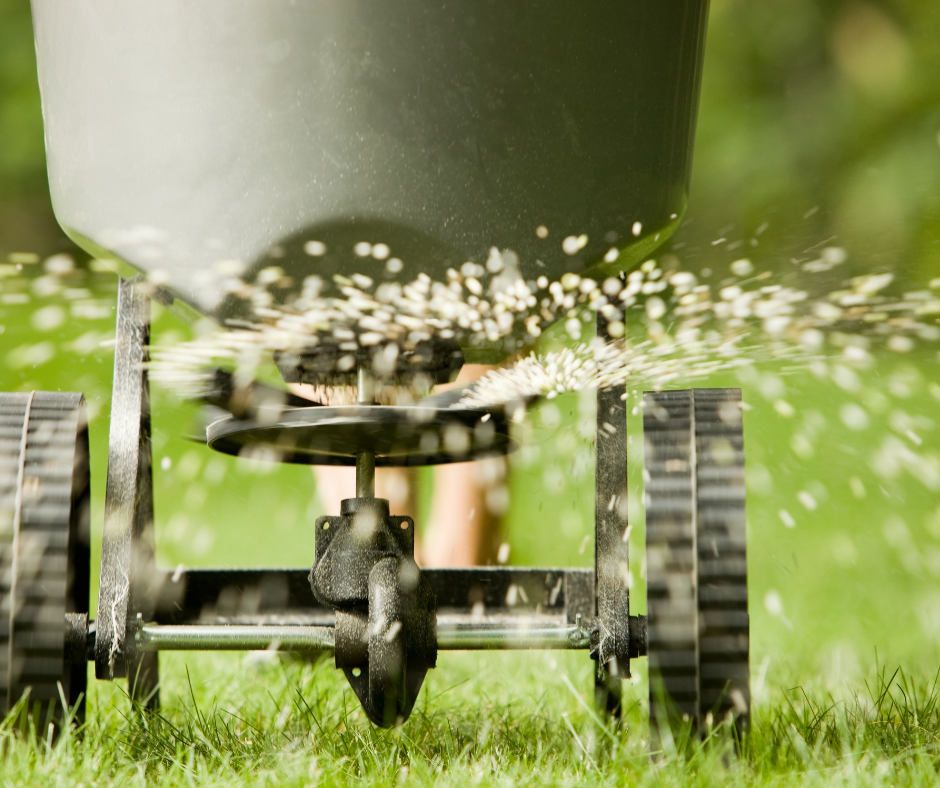What is the Difference Between Organic & Synthetic Fertilizer?

Organic fertilizer has become more common over the years, but it has actually been used in sports, crops and on the residential lawns for a very long time. Organic fertilizers need to be broken down by microorganisms in order to be in a form available to the plant. Synthetic fertilizers bypass the need for microorganisms and supply straight to the plant.

Organic fertilizers can only be broken down during microorganism activity when soil temps are above 60F. Minimal activity happens beneath this number and applications at this time will just sit there. Synthetic fertilizers are immediately available to the plant at any temperature and can be applied during all seasons.
Nitrogen release from organic fertilizers can take a minimum of 8 weeks once soil temperatures are above 60F. Synthetic fertilizers can be manipulated to release nutrients immediately or gradually over time, up to a year.
Organic fertilizers are products resulting from animal/human waste, animal byproducts or plant residues. Synthetic fertilizers are factory produced and manufactured together in specific quantities.

Organic fertilizers have what you get as far a nutrient analysis. This may result in nutrient deficient lawn as the ratios of NPK are not exactly what your lawn requires leading to a chlorotic slow growing plant. Alternatively, it could lead to you applying excess nutrients, salts and metals that could leach, contaminating local waterways.
Synthetic fertilizers can be custom blended to suit your nutrient requirements after soil testing. They are also sold in varying NPK rations to suit your desire. For the golf course I get custom blended fertilizer after nutrient testing as this provides exactly and no more than what the plant needs to function for golf, which is beneficial to the environment due to minimal leaching.
Organic fertilizers have an odor! After an application in most cases, you can definitely smell something in the air and for a while until it migrates into the soil. Synthetic fertilizers are relatively odorless.
Organic fertilizers have a very low foliar burn potential and there is no need for watering in after an application. Synthetic fertilizer varies considerably with burn potential because the analysis varies significantly according to the purpose, so understanding of the product and label is essential to prevent foliar burn and neiborhood embarrassment!
Organic fertilizer tends to cost more per pound of applied fertilizer. Meaning that if you intend to apply 3/4lb of N per year of biosolid at $25 per bag would cost you a total of $450 whereas a synthetic at $50 per bag would cost $100 and less to achieve the same amount of Nitrogen output.
I think lawn care should incorporate both types of fertilizer during the course of a year as they both have benefits to the lawn and the soil beneath it. Further research should be taken to devise a plan for yourself, just bear in mind that organic needs temperature and time.
© 2023 LaPageBrands, LLC. All rights reserved.

